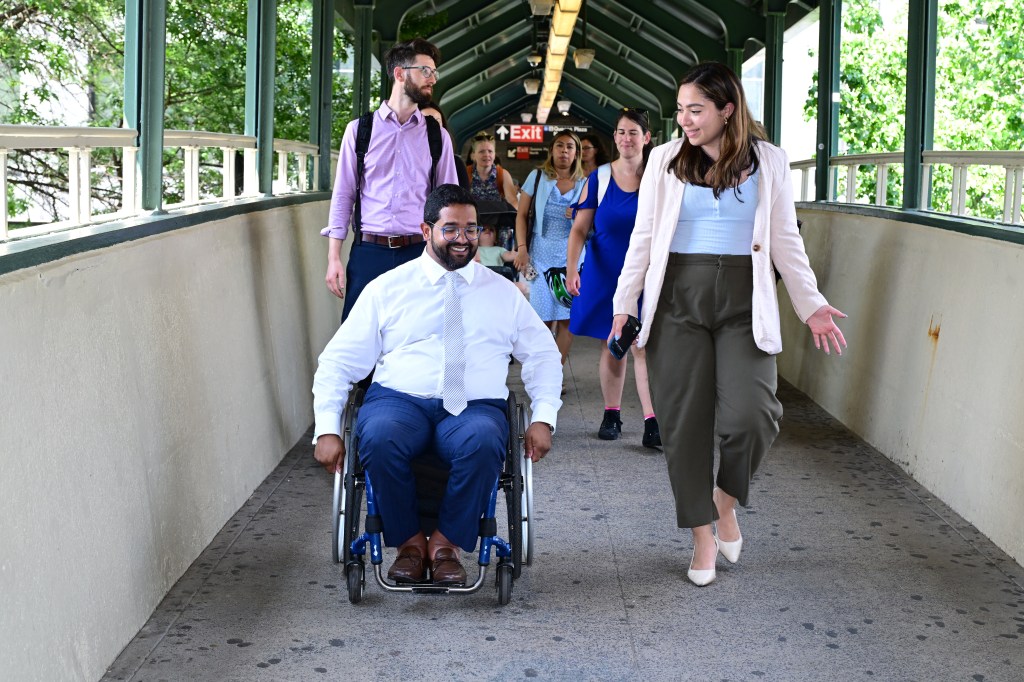You can’t shop if you can’t get there. And, for many residents of Queens, they can’t get there if they can’t park their cars. Recognizing that the economic future of downtown Jamaica depends on improved parking, the Greater Jamaica Dev
This won’t solve the parking problem in Jamaica, but it’s an excellent stwp. The nonprofit development corporation said the garage is the first new lot in a growing parking network serving Jamaica..
Like other commercial areas in Queens, Jamaica was a victim of its own success. As shopping opportunities improved, more and more people were drawn to the downtown area. But on-street parking could accommodate only a small percentage of the shoppers and delivery trucks. Finding a place to park was like winning the lottery.
Shoppers decided that it was easier to drive to the malls across the border in nearby Long Island. The Jamaica stores then increasingly served customers who relied on public transportation and had less disposable income.
We’re convinced that the people of southeast Queens would be just as happy to shop in Jamaica if they could find a convenient place to park. We applaud Greater Jamaica for taking the initiative to make this happen in Jamaica and we hope that they will set a pattern for other parts of Queens.
Better bus service
It now appears that the mayor will succeed in his goal of taking over the seven privately run bus lines in Queens. If the state Legislature approves the plan, the MTA will run all commuter bus service in the borough.
In order to determine whether or not this is a step in the right direction, bus riders need to ask themselves one question: are you satisfied with the quality of bus service in Queens? The answer is a resounding no. For years bus riders have complained about the quality of service. Advocacy groups such as the Straphangers agreed with the riders.
The system that the mayor wants so badly to replace had little incentive to respond to consumer dissatisfaction. The bus riders were a captive audience with little affordable alternative. They could take the bus or they could walk.
It isn’t that the owners of the seven bus lines didn’t try to provide a decent service. We are certain that they did. The system itself was not workable. The combination of private and public ownership left riders in the dark.
Under the current system, a bus ride costs only $1.50, compared with $2 on the city buses. However, riders had to pay an extra 50 cents for a transfer and couldn’t take advantage of the special packages and discounts offered to other bus and subway riders in the city.
But most important, under the new system, the mayor will be held fully accountable for the quality of bus service in Queens. (Think of it, who do you blame now?) If your bus is falling apart, it will be the mayor’s problem. If the bus routes in your town don’t make sense, it will be the mayor’s problem. If fares go up, it will be the mayor’s problem.
Although we are champions of free enterprise, there are some things that government does best. Public transportation is one of them. Furthermore there is reason to question whether the combination of private and public service in Queens ever represented free enterprise or whether, as some critics say, it was the result of corrupt political system.
The time is coming soon when commuters in Queens will enjoy the same service that the residents of the other boroughs take for granted.




































